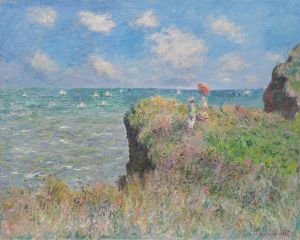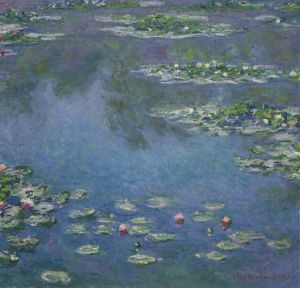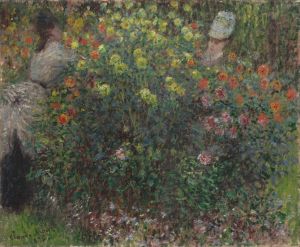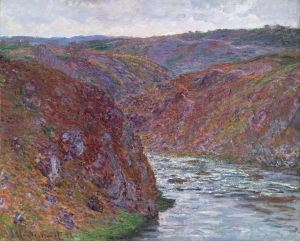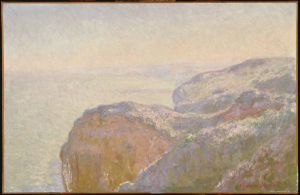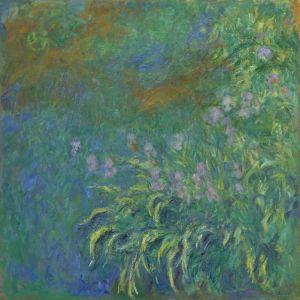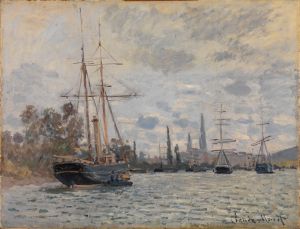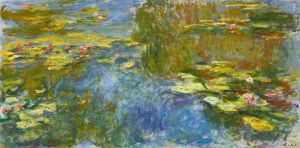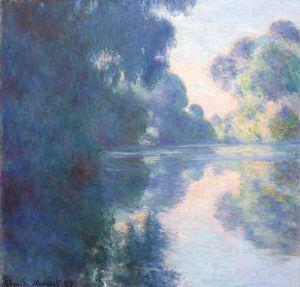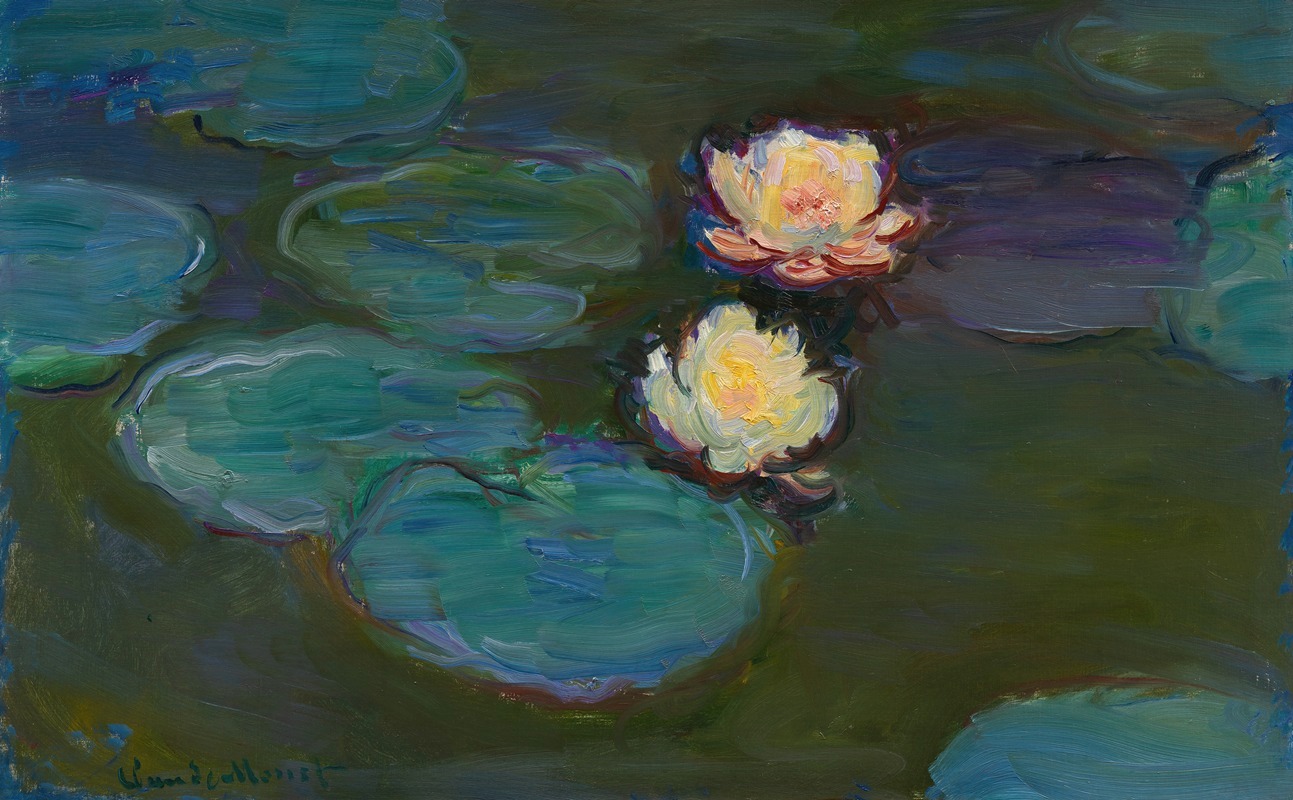
Nympheas
A hand-painted replica of Claude Monet’s masterpiece Nympheas, meticulously crafted by professional artists to capture the true essence of the original. Each piece is created with museum-quality canvas and rare mineral pigments, carefully painted by experienced artists with delicate brushstrokes and rich, layered colors to perfectly recreate the texture of the original artwork. Unlike machine-printed reproductions, this hand-painted version brings the painting to life, infused with the artist’s emotions and skill in every stroke. Whether for personal collection or home decoration, it instantly elevates the artistic atmosphere of any space.
Claude Monet's Nymphéas (commonly referred to as Water Lilies) is a series of approximately 250 oil paintings created by the French Impressionist artist between the late 1890s and his death in 1926. These works depict Monet's flower garden at his home in Giverny, specifically the water lily pond that he cultivated and transformed into a central subject of his artistic exploration. The series is celebrated for its innovative approach to light, color, and reflection, as well as its significant influence on modern art.
Monet began focusing on the water lily pond as a motif in the late 1890s, after he had already established himself as a leading figure in the Impressionist movement. He designed the garden himself, including the pond and a Japanese-style bridge, which appear in some of his earlier works. Over time, the pond became the sole focus of his artistic output, and he painted it in various lighting conditions, seasons, and weather, capturing the ephemeral qualities of nature.
The Nymphéas series is notable for its departure from traditional compositional techniques. Many of the paintings lack a clear horizon line or perspective, creating an immersive and almost abstract quality. Monet often used bold, loose brushstrokes and a vibrant palette to convey the interplay of light and water, as well as the reflections of the sky and surrounding vegetation on the pond's surface. This approach was groundbreaking and is considered a precursor to abstract art.
Monet's Nymphéas paintings were created during a period of personal and professional challenges. He suffered from cataracts in his later years, which affected his vision and may have influenced the increasingly abstract style of his work. Despite these difficulties, he continued to paint prolifically, often working on large-scale canvases in a specially designed studio at Giverny.
Several of the Nymphéas paintings are monumental in size, with some spanning over six meters in width. These large works were intended to create an immersive experience for viewers. In 1922, Monet donated a series of these large-scale panels to the French government, and they were installed in two oval-shaped rooms at the Musée de l'Orangerie in Paris, where they remain on permanent display. This installation was inaugurated in 1927, shortly after Monet's death, and is considered one of the artist's most significant legacies.
Today, Monet's Nymphéas series is widely regarded as a masterpiece of Impressionism and a cornerstone of modern art. Individual works from the series are housed in major museums and private collections around the world, including the Musée d'Orsay in Paris, the Metropolitan Museum of Art in New York, and the Art Institute of Chicago. The paintings continue to be celebrated for their innovative techniques and their ability to evoke a sense of tranquility and harmony with nature.





